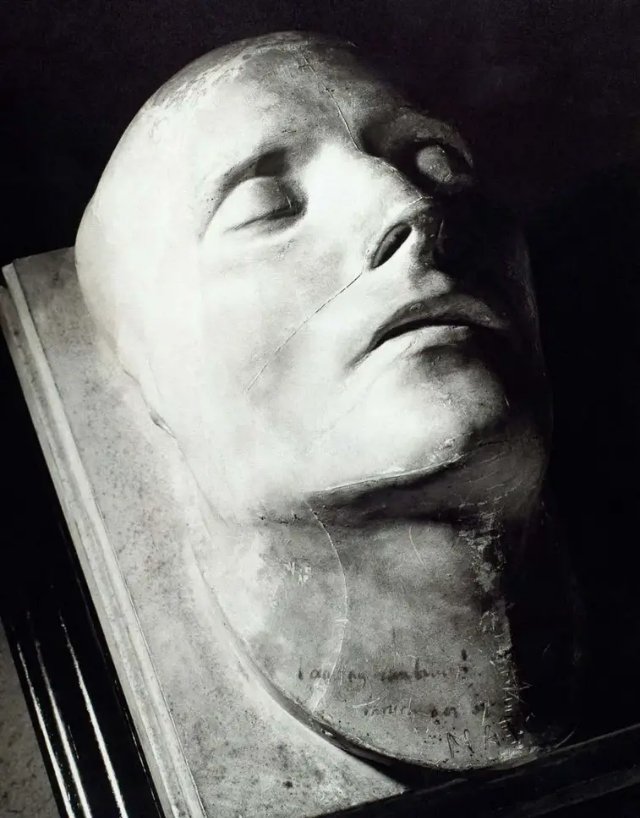
Death masks, considered unique and somewhat eerie artifacts from the pre-photography era, were once commonly used. Before cameras made these masks redundant, it was customary for prominent individuals to have their faces covered with metal, wax, or plaster after death to create a ‘death mask.’ These terrifying masks, associated with some of the most famous figures in history, from soldiers and artists to wicked tyrants, still exist today.
Death masks first appeared in Egypt, and the most famous of these were those of King Tutankhamun. The Egyptians believed that the mask, buried with the individual, would help the person’s soul recognize its body in the afterlife. In some African cultures, it was believed that death masks endowed the wearer with the powers of the deceased. However, in the Middle Ages, they became less of a spiritual commodity and more a means of preserving the memory of the deceased. Death masks were made for famous and prominent figures and displayed to the public. In the pre-photography era, these masks were as close as possible to capturing the true likeness of the person.
Owning a death mask was considered an honor for celebrities before their burial. Wax, plaster, or clay was placed on their faces to produce the mask. The living used these masks to reconnect with the past or to commemorate the departed. There were two types of masks: ‘life masks’ made when the person was alive and ‘death masks’ made after death, each serving a different purpose. ‘Life masks’ were used by sculptors and artists to capture a true impression of the person, while ‘death masks’ were made to commemorate the deceased.

Gustav Mahler (1860-1911)

Sir Isaac Newton (1643-1727)

Admiral Horatio Nelson (1758-1805)

A mask believed to be of William Shakespeare (1564-1616)

A mask believed to be of William Shakespeare (1564-1616)

Dante Alighieri (1265-1321)

Martin Luther (1483-1546)

Oliver Cromwell (1599-1658)

Ludwig van Beethoven (1770-1827)

John Keats (1795-1821)

Felix Mendelssohn (1809-1847)

Georg Wilhelm Friedrich Hegel (1770-1831)

Napoleon Bonaparte (1769-1821)

Franz Liszt (1811-1886)

William Blake (1757 – 1827)

Ludwig van Beethoven (1770-1827)

James Joyce (1882-1941)

Johannes Brahms (1833-1897)

Cosima Wagner (1837-1930)

Lorenzo de’ Medici (1449-1492)

Leo Tolstoy (1828-1910)

Mary Queen of Scots (1542-1587)

Johann Wolfgang von Goethe (1749-1832)

George Washington (1732-1799)

Abraham Lincoln (1809-1865)
Discover more from History in Pictures
Subscribe to get the latest posts sent to your email.